Becoming successful at drop shipping is not an event.
It’s a process.
Most people who start a drop shipping store focus on things that don’t really matter (such as their logo, the store layout or having as many products as possible on their store). This stuff is trivial and doesn’t lead to success.
I’ve seen the most ugly and “unprofessional” stores making six-figures.
Heck, my first two drop shipping stores were painful to look at but they were wildly profitable.
Becoming successful at drop shipping has a lot to do with putting the right processes in place and focussing on what matters most. Those who fail at drop shipping have the wrong processes, or no processes, in place. Those who crush it at drop shipping put predictable systems in place that inevitably lead to success weeks, months or years down the road.
And you know what matters most?
Getting the Foundations Right
The most successful drop shippers in the world focus on building solid foundations.
They understand success has little to do with how their store looks, what logo they pick and the exact words they use in their ads. In fact, they even understand that Facebook advertising isn’t an exact science.
There’s many ways to skin a cat.
What really matters is getting the foundations right.
In the context of drop shipping that has a lot to do with product research and testing.
Those who become successful at drop shipping spend 80% of their time researching and testing products. While you’re tweaking your store layout, they are spying on their competitors. While you’re watching YouTube videos they’re testing a product. And by the time you give up, they’re testing their 52nd product. The only difference is having a different process in place.
I’ve written extensively about this “process” in an article about the 6 principles of drop shipping success.
Here’s a quick recap:
- Research products that are hot but aren’t saturated
- Test 50-100 products, ideally a few products per week
- Keep testing for 6-12 months without getting discouraged
- Test different Facebook advertising and influencer marketing strategies
- Reframe losses and investments as “paying” for valuable information
- Once you find a winner scale it up, for example with this scaling method
If you’re doing anything else than this you’ll fail.
You might see success within a few days like some people do or it might take you several months. The key is to have a proven and predictable process that will eventually lead to success even if you fail several times before that.
Providing an Irrationally Passionate Audience with a Hot Product
Here’s the most important rule of drop shipping:
You have to identify an irrationally passionate audience and sell them a hot product.
Ideally, the product should be new and haven’t reached market saturation yet. If you sell a hot product before everyone else, you have the “first mover advantage”. In other words, you can get a large piece of the cake before others even know of the cake. Some people also get results form selling saturated products. In that case you just have to find underserved audiences.
One method is to simply target less saturated countries.
Remember what I said about foundations?
Your only focus should be to identify an irrationally passionate audience and find a hot product to sell them.
If you do nothing else than this for the next few months, without giving up, you will eventually get results. At some point you’ll experience that magical moment when the right product hits the right audience and sales start pouring in.
Until then you have to stay focussed and always return to the basics.
How to Find Hot Drop Shipping Products
In the second part of this article I’ll show you some ways to research hot products.
As I mentioned already, people who are successful at drop shipping spend 80% of their time and energy doing research. There are many different methods to research products and find winners. In this article I’ll share one of them.
The Piggybacking Method
The simplest way to start drop shipping is by piggybacking.
This method only requires a Facebook account and some brain power. With the piggybacking method you spy on successful Facebook ads and then simply copy the winning product, store and Facebook ad.
Yep, it’s basically “stealing”.
But in the drop shipping world everyone is “stealing” from everyone.
The first step is to login to your Facebook account and search for specific keywords. Let’s say I’m looking for hot products in the drone niche. Some good search queries would be “50% off drone” or “drone discount” or “drone free shipping”. This will pull up Facebook posts with offers, and in most cases you’ll end up finding drop shipping products.
Here’s an example:
![]()
Make sure you select the “Posts” tab or “Videos” tab to find ads.
When scrolling through the search results you want to look for two things:
- Posts with a lot of engagement
- Posts that are recent and still receiving engagement
Facebook actually lets you filter the search results by “Date Posted”. This is great because you can find successful Facebook ads that are doing great now rather than a year ago. Just click on “Choose Date” and select the most recent month.
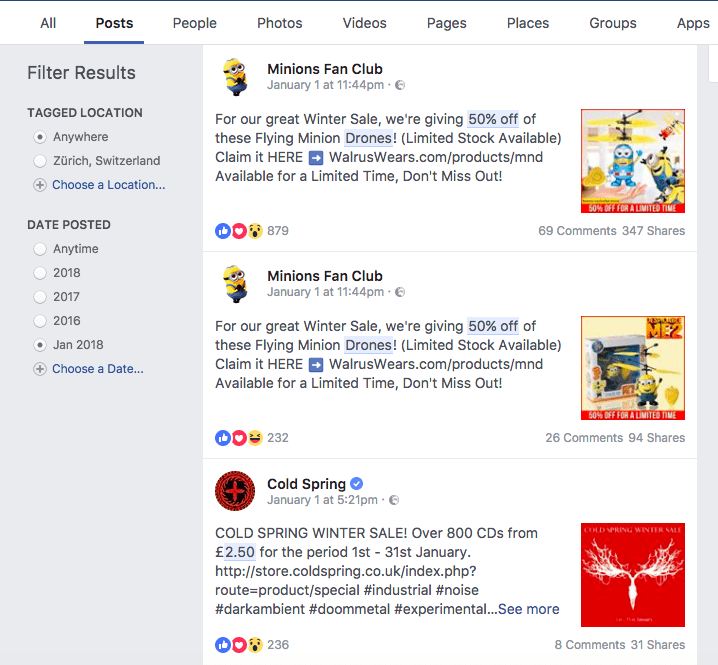
As you can see this Minion drone is getting a lot of engagement.
But more importantly, the ad has been launched in January 2018 and is still very hot. In a second step, you want to check to see when the latest comment was left under the ad. The last comment should have been a few hours ago.
Here’s what I mean:
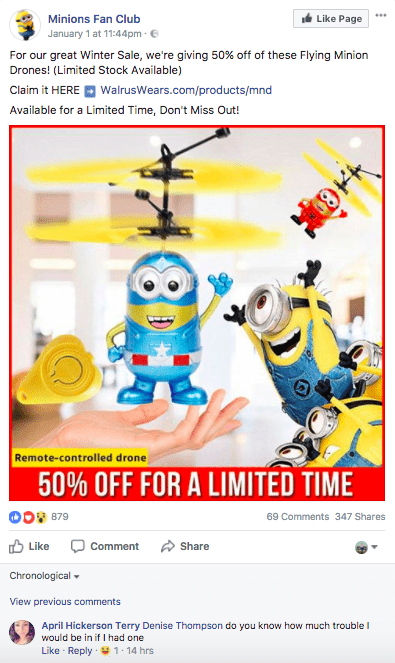
You can find the latest comments by clicking on “Chronological”.
In this example you can see the latest comment was left 14 hours ago. From this information we can draw two conclusions:
- The advertisement is still running
- Or the advertisement is still receiving viral traffic
Either of these scenarios is great.
The ad was posted on January 1st and has been running all the way through to the 9th of January. This means the ad is either making money, or the drop shippers is still trying to make the campaign profitable. But given that there are 69 comments and 347 shares it’s quite possible that this product is a winner and this ad is generating profits at the time I’m writing this.
So if you’d want to use the piggybacking method, you’d simply copy the product and advertisement. Just screenshot the ad and add it to your “swipe file”. When you set up your own ad you already have great sales copy.
But that’s not all.
Spy on Successful Drop Shipping Stores
Another great thing about the piggybacking method is that you can spy on other successful stores.
Whenever you find a winning ad, click on the link and it’ll take you to the product page. This allows you to get an idea for the drop shipping store. You can also take a screenshot and copy-paste the sales copy on the product page.
And the best part:
You can spy on other products on the store.
This will give you new ideas for products to test. And guess what? You can start the piggybacking method all over again. Just type some product keywords into the Facebook search field and search for winning ads.
Most Shopify stores allow you to sort by “Best Selling” products.
This particular drop shipper has disabled the function so other people can’t spy on his top products.
However, there’s only so much you can hide. A bit of research can go a long way. The piggybacking method is a great way to kick-start your drop shipping business and learn the ropes of the product research.

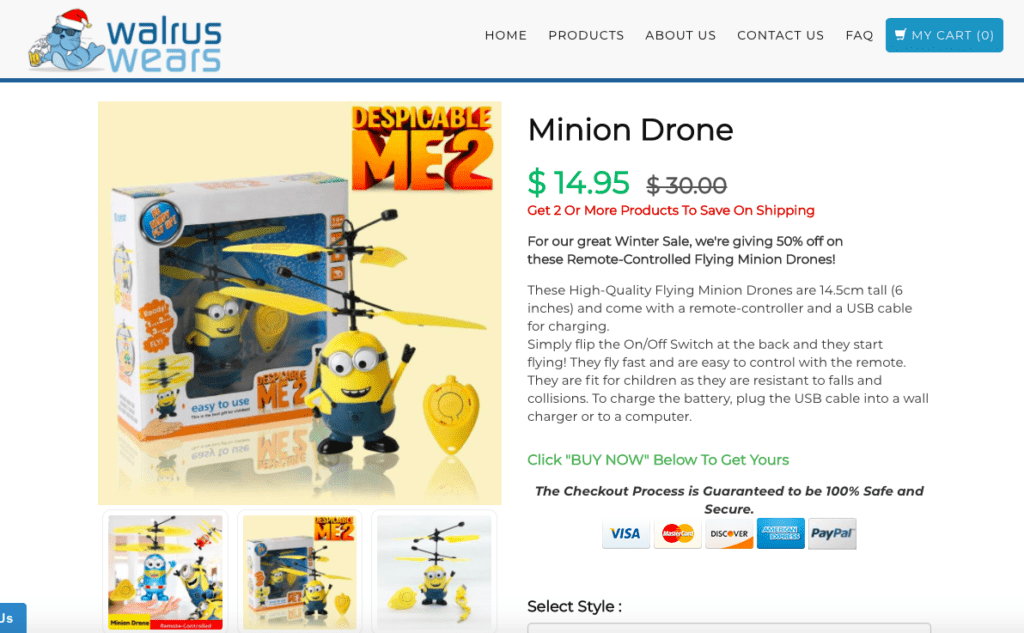
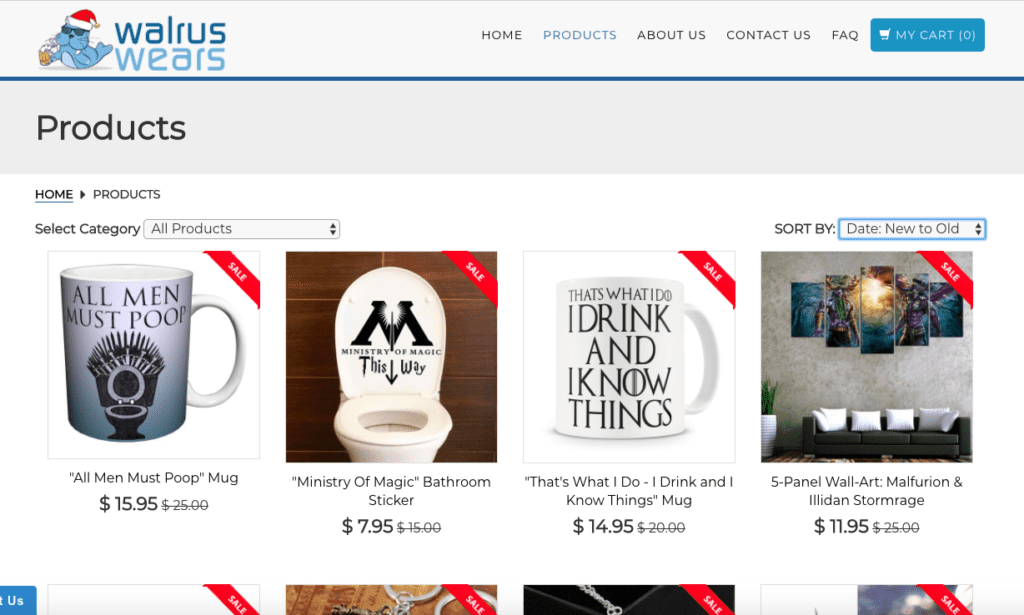
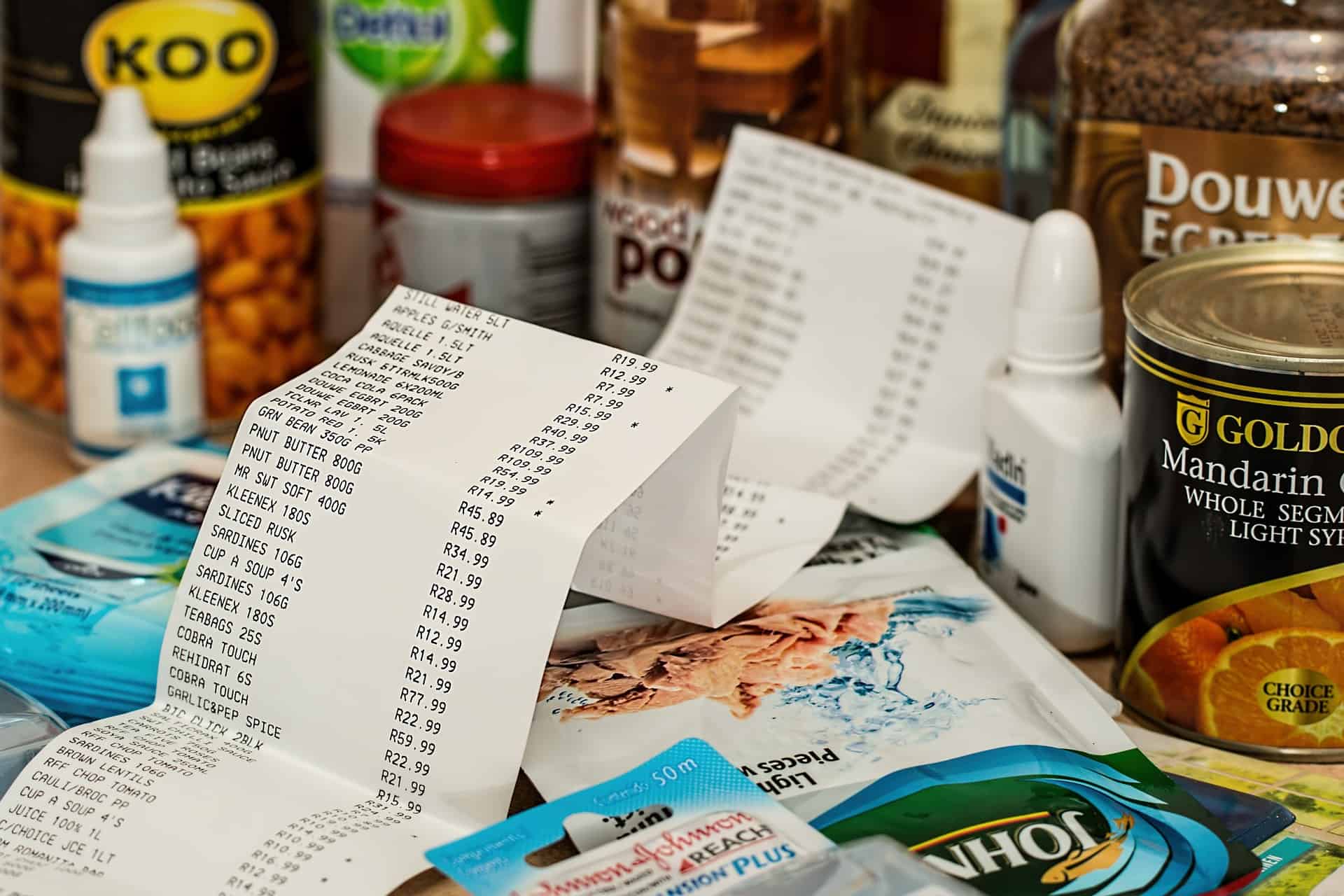



Ryan Fresco
Amazing! Till whats your opinion on when is the right time to change to a certain Shopify Plan? There is a specific time to change or its just: make more money then change to an higher plan.
Till Boadella
I would change once you make a nice 5-figure income per month. I mean at some point these tools just pay for themselves and it doesn’t matter it if’s $29 or $79 🙂
Mo Patterson
Excellent post Till, I’m sure you’ve written or spoke about this in the past, but I’d like to know… When launching your ad, is your initial Facebook ad objective page post engagements or purchase conversions?
Thanks for the great content!
Till Boadella
Hi Mo, I used to start with PPE ads in 2016. These days I usually run conversion ads optimized for view content, add to carts, purchases or custom conversions.
John
Till,
When you say you “run conversion ads optimized for view content, add to carts, purchases or custom conversions”.
Does it mean for each one product that you are testing say today, you raise 3 ad sets – for view content, add to carts, purchases?
And if your target is the USA and Rest of the World, do you create 6 ad sets for that?
Thanks in advance
Till Boadella
Hi John, I chose either one of these events. I might start with VC and then switch to ATC and Purchases. Or sometimes I jump right to purchases etc. But I don’t usually start them in parallel. I try them sequentially.
scarlet
Hi Till, Thank you for your insight. I will definitely be implementing this on my ecommerce business. My website is new with no previous pixel data and I would like to drive my audience to my product pages. Which initial ad campaign would you recommend? An ad focused on website traffic objective or a conversion ad optimized for view content?
Till Boadella
If it’s a new pixel I’d start with View Content or Traffic campaign. Later on I would switch to Add to Carts or Purchases. Some people also get great results from starting with Purchases right away.
Roberto
Hey Till! What about going for purchase conversion from the start (with a new pixel) and selecting the option “make Facebook optimize for link clicks until it collects enough data”. Seems like not many people are talking about it but to me this sounds very promising as I think Facebook should know best when is the best time to switch objective
Jace. M
Thank you so much for the insights! I definitely needed this! I appreciate your work that you have done here, you’re the best Till! Take care of yourself.
Till Boadella
Hi Jace, thanks a million 🙂 Glad you enjoyed the post and all the best in 2018!
William
Didnt know about this “piggyback ” technique. I like doing product research, as I don’t find it boring, or tedious. Thanks a lot
William
Till Boadella
What’s up William, glad you liked the article 🙂